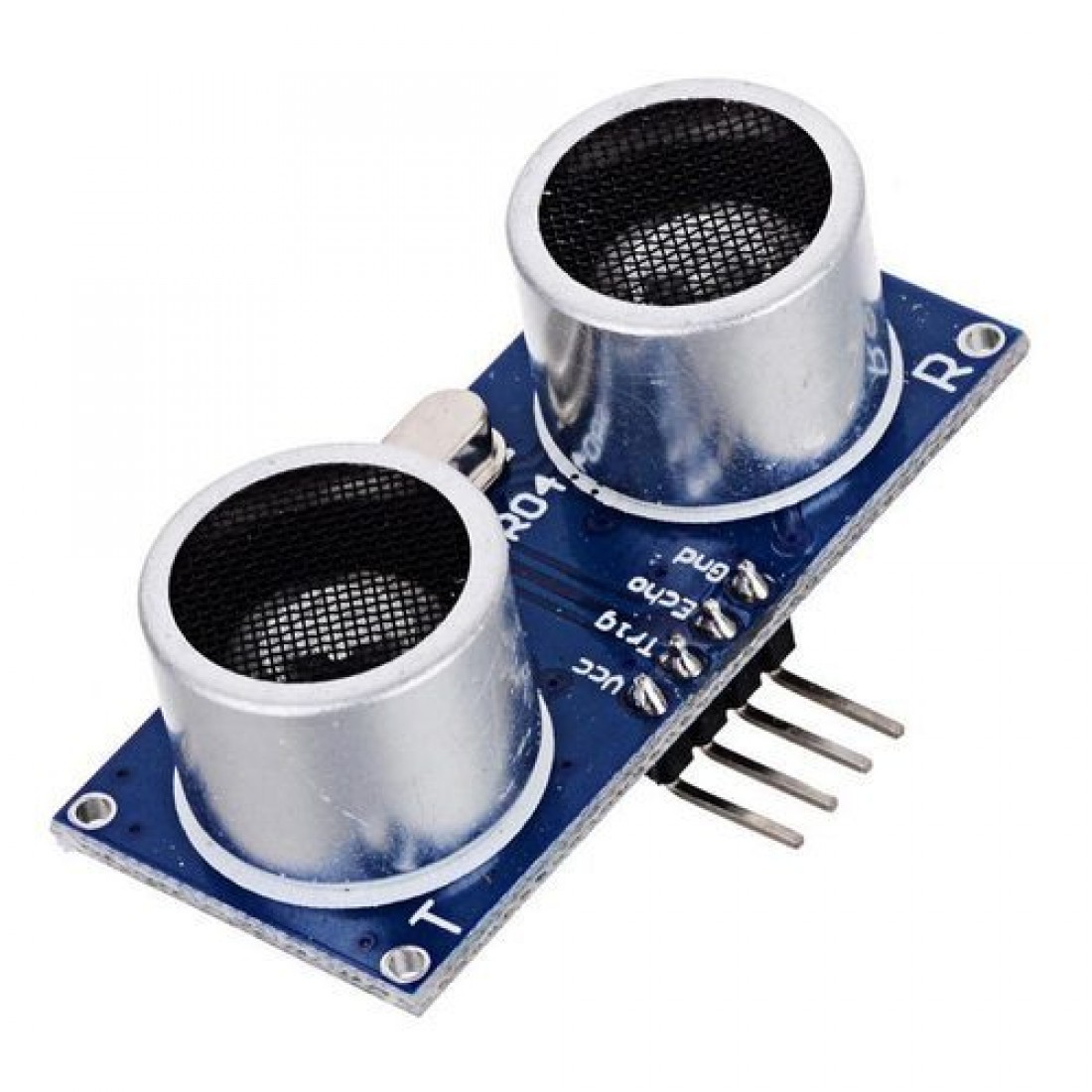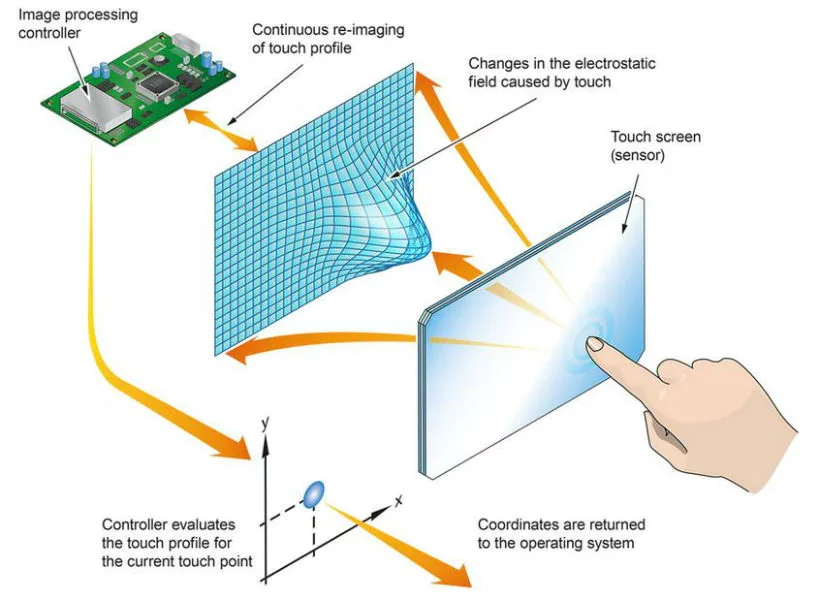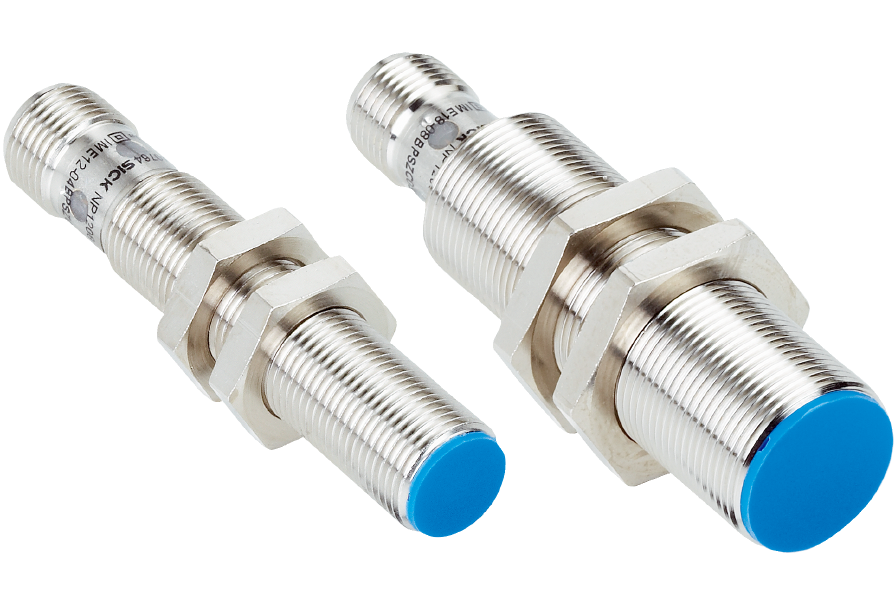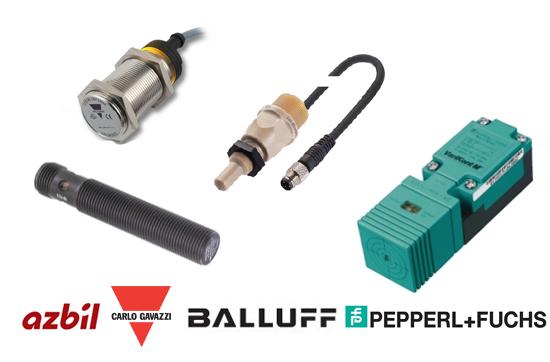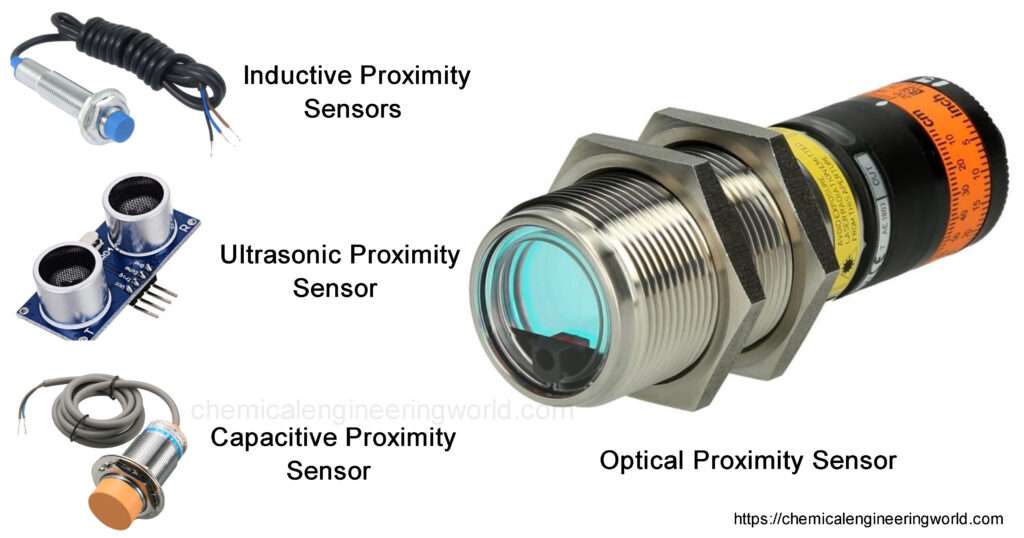Proximity Sensor Presentation
| Introduction to Proximity Sensors | ||
|---|---|---|
| Proximity sensors are devices that detect the presence or absence of an object within a certain range. These sensors are commonly used in various industries such as manufacturing, automotive, and consumer electronics. They work based on different principles, including infrared, ultrasonic, capacitive, and inductive technologies. | ||
| 1 | ||
| Infrared Proximity Sensors | ||
|---|---|---|
| Infrared proximity sensors emit and detect infrared light to determine if an object is within the sensor's range. They are widely used in smartphones, smartwatches, and home automation systems. These sensors are reliable and can detect objects without physical contact. | ||
| 2 | ||
| Ultrasonic Proximity Sensors | ||
|---|---|---|
| Ultrasonic proximity sensors use high-frequency sound waves to detect the presence of objects. They are commonly found in parking sensors, robotic applications, and security systems. These sensors can accurately measure the distance between the sensor and the object. | ||
| 3 | ||
| Capacitive Proximity Sensors | ||
|---|---|---|
| Capacitive proximity sensors detect changes in capacitance to sense the presence of an object. They are often utilized in touch screens, proximity switches, and object detection systems. These sensors can operate through non-metallic materials such as glass or plastic. | ||
| 4 | ||
| Inductive Proximity Sensors | ||
|---|---|---|
| Inductive proximity sensors generate an electromagnetic field to detect metallic objects. They are commonly used in industrial automation, machine control, and conveyor systems. These sensors can detect both ferrous and non-ferrous metals. | ||
| 5 | ||
| Advantages of Proximity Sensors | ||
|---|---|---|
| Proximity sensors provide non-contact detection, eliminating the need for physical interaction. They are highly reliable and can operate in harsh environments. These sensors offer fast response times and high precision in object detection. | ||
| 6 | ||
| Applications of Proximity Sensors | ||
|---|---|---|
| Proximity sensors are used in automatic doors to detect approaching individuals. They are essential in robotics for obstacle detection and navigation. These sensors play a crucial role in automotive safety systems, such as collision avoidance. | ||
| 7 | ||
| Limitations of Proximity Sensors | ||
|---|---|---|
| Proximity sensors may be affected by environmental factors, such as temperature and humidity. They have a limited detection range, which varies depending on the sensor technology. These sensors may not detect certain materials or objects with low reflectivity. | ||
| 8 | ||
| Future Trends in Proximity Sensors | ||
|---|---|---|
| Proximity sensors are expected to become more compact and energy-efficient. Integration with artificial intelligence and machine learning will enhance their capabilities. The development of new sensor technologies will expand their application possibilities. | ||
| 9 | ||
| Summary | ||
|---|---|---|
| Proximity sensors are versatile devices used to detect the presence or absence of objects. They work based on different technologies, including infrared, ultrasonic, capacitive, and inductive. These sensors find applications in various industries, offer advantages, and have limitations. | ||
| 10 | ||
| References (download PPTX file for details) | ||
|---|---|---|
| [Insert reference 1]... [Insert reference 2]... [Insert reference 3]... |  | |
| 11 | ||


